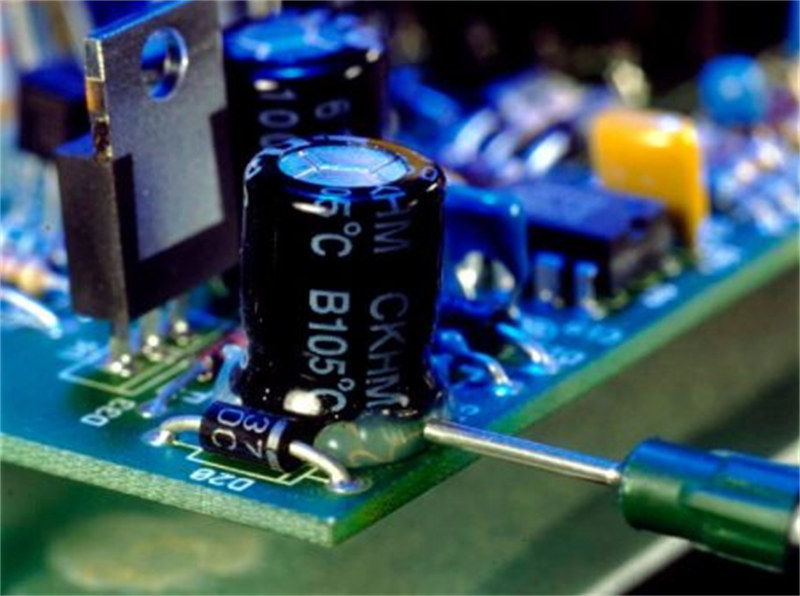UV adhesive
What is the reason for the surface adhesion of UV adhesive after curing?
The surface adhesion of UV adhesive after curing is primarily due to the chemical reaction that occurs during the curing process. When UV adhesive is exposed to UV light, the photoinitiators in the adhesive undergo a chemical reaction, generating free radicals. These free radicals initiate the polymerization process, causing the adhesive to cross-link and form a solid, bonded structure.
There are several factors that contribute to the surface adhesion of UV adhesive after curing:
1. Polymerization: The polymerization process during curing creates strong chemical bonds between the adhesive and the substrate. As the adhesive cures, the monomers and oligomers in the adhesive form long chains, creating a three-dimensional network of interconnected molecules. This network structure enhances the adhesive's adhesion to the substrate, providing a strong and durable bond.
2. Wetting and spreading: UV adhesive has excellent wetting and spreading properties, allowing it to flow and conform to the surface of the substrate. This enables the adhesive to make intimate contact with the substrate, maximizing the contact area and improving adhesion. The adhesive's ability to wet and spread on the surface helps to eliminate air voids and ensures a strong bond.
3. Surface preparation: Proper surface preparation is crucial for achieving good adhesion with UV adhesive. Surfaces should be clean, dry, and free from contaminants such as dust, oil, or grease. Some UV adhesives may require additional surface treatment, such as primers or adhesion promoters, to enhance adhesion to specific substrates. Surface preparation ensures optimal contact between the adhesive and the substrate, promoting strong surface adhesion.

4. Curing conditions: The curing conditions, including UV light intensity, exposure time, and temperature, can influence the surface adhesion of UV adhesive. Proper curing parameters should be followed to ensure complete and uniform curing of the adhesive. Insufficient curing can result in weak adhesion, while excessive curing can lead to brittleness or other undesirable effects. Controlling the curing conditions is essential for achieving optimal surface adhesion.
Guangdong Huachuang Electronic Materials Co., Ltd. is a professional adhesive and new material research and development and production enterprise based in Guangdong Province, China. With their expertise in adhesive technology, the company formulates UV adhesive products that provide excellent surface adhesion after curing. Their UV adhesive products are designed to offer strong and reliable bonding performance, ensuring long-lasting adhesion in various applications.
In conclusion, the surface adhesion of UV adhesive after curing is achieved through the chemical reaction and polymerization process during curing. Factors such as wetting and spreading, surface preparation, and proper curing conditions contribute to the adhesive's ability to form a strong bond with the substrate. Guangdong Huachuang Electronic Materials Co., Ltd. is a leading manufacturer of UV adhesive in China, offering high-quality adhesive solutions with excellent surface adhesion properties.
related articles
- UV Adhesives: Improving Bonding Performance in 3D Printing
- UV Adhesives: Enabling Quick Repairs in DIY Projects
- UV glue: Enhancing Bonding Strength in Aerospace Applications
- UV Adhesives: Bonding Solutions for Medical Device Sterilization
- UV glue: Enabling Miniaturization in Electronics
- UV Adhesives: Enhancing Efficiency in Solar Panel Production
- UV Adhesives: Advancements in UV LED Technology for Curing
- UV glue: Enabling Faster and Stronger Bonding in Packaging Industry



Post comments